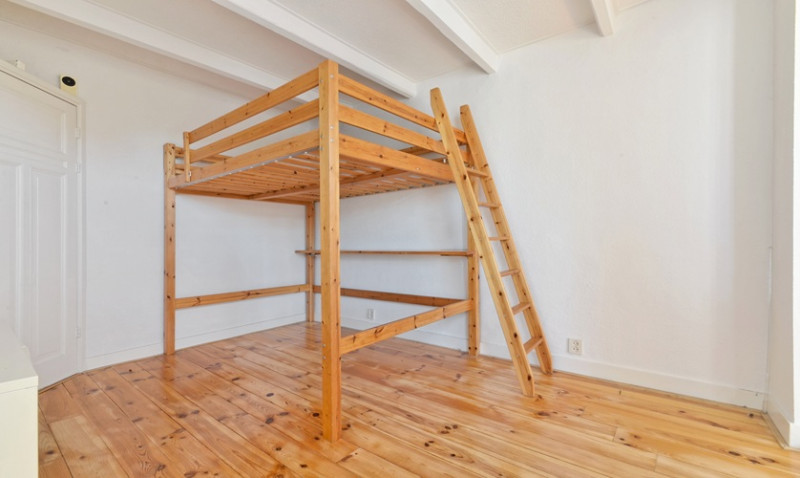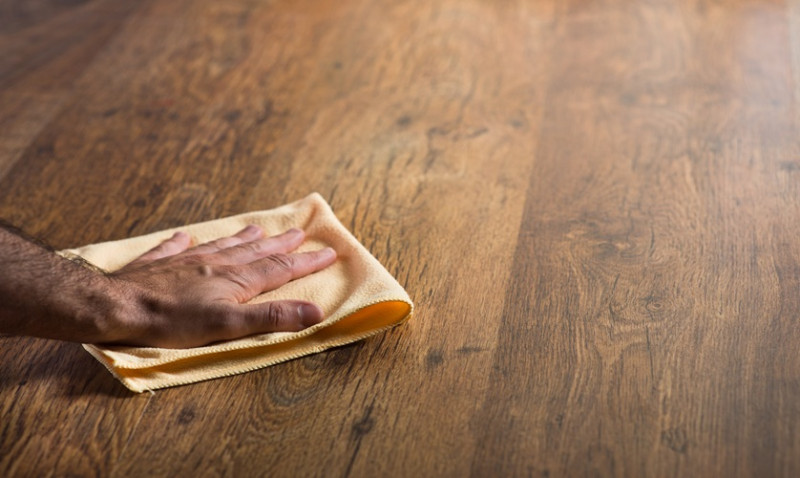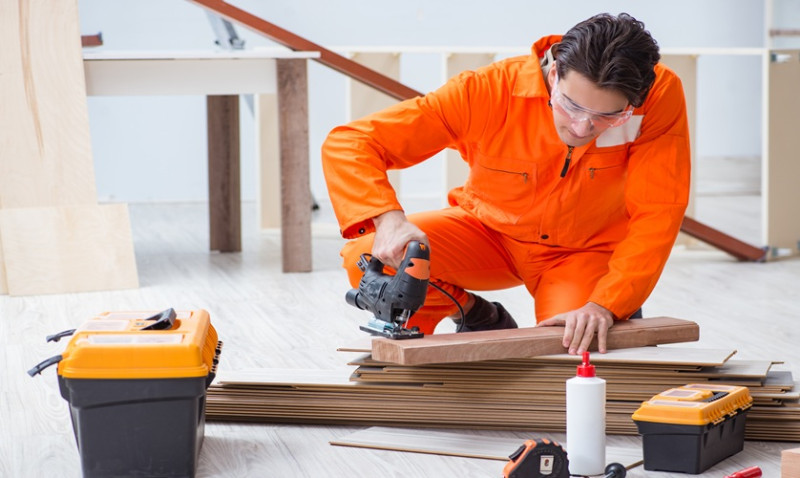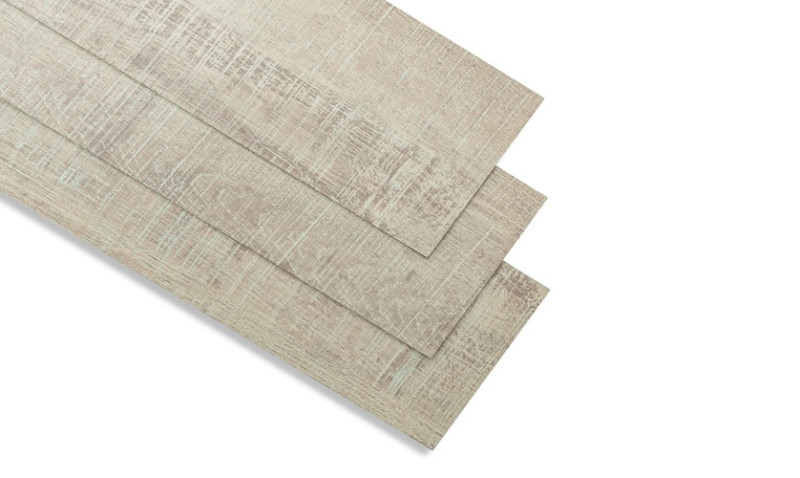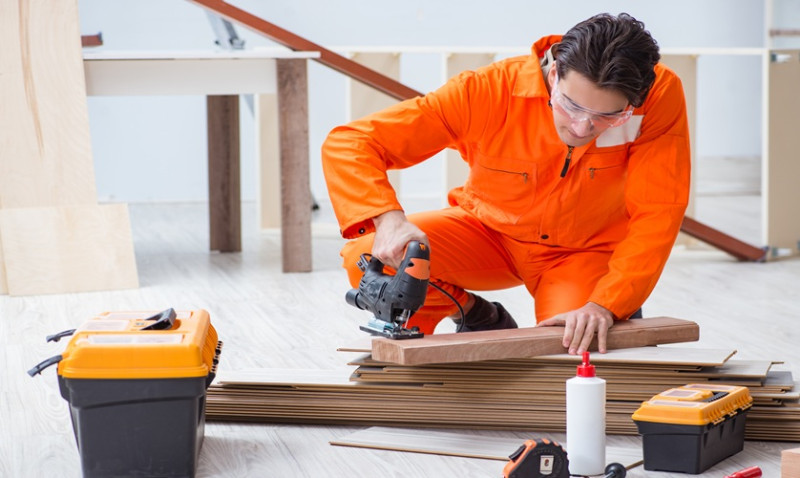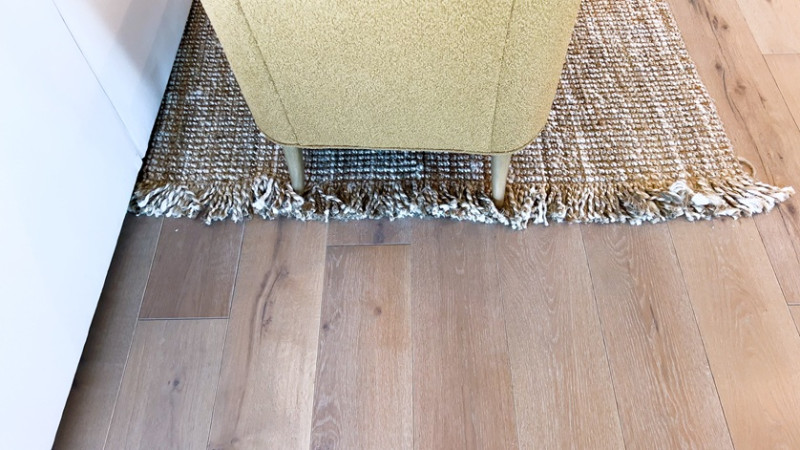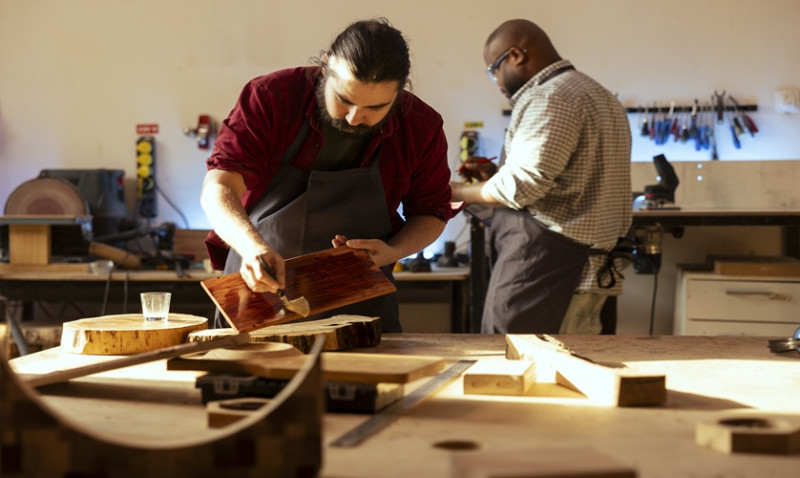
When it comes to woodwork restoration or touch-ups, identifying the existing wood finish is absolutely crucial. Whether you're a DIY enthusiast tackling your first home project, a professional decorator, or an interior designer tasked with preserving architectural woodwork, understanding wood finishes can save you time, money, and frustration. In this guide, we’ll walk you through how to identify common wood finishes such as oil, shellac, lacquer, and polyurethane/varnish, and show you how to repair them the right way.
Why Proper Finish Identification Matters
Each type of wood finish not only looks and feels different but also requires specific repair techniques. Using the wrong approach can lead to blotchy results, poor adhesion, and even damage to the original wood. By learning how to properly identify the finish, you ensure compatibility with new coatings, avoid unnecessary stripping, and increase the longevity of your wood furniture, floors, doors, or mouldings.
Finish type also impacts the final aesthetic of a room – satin, matte, gloss, or somewhere in between. Architects and designers often specify finishes to coordinate with design themes, so when it comes to repairs or renovations, matching the original finish matters.
For tradespeople and homeowners alike, being able to diagnose and treat finishes is a highly valuable skill, especially in older UK homes where traditional finishes are common.
How to Identify Existing Wood Finishes
There’s no one-size-fits-all method for identifying wood finishes, but a few simple tests and observations can provide strong clues. Here’s a breakdown of how to detect oil, shellac, lacquer, and polyurethane or varnish finishes.
| Finish Type | Identification Characteristics | Test Method |
|---|---|---|
| Oil (e.g., Danish, Tung, Linseed) | Warm, natural look with low lustre. Finish feels in the wood (not on top). | Rub a hidden area with mineral spirits – if finish dulls but doesn’t dissolve, it’s likely oiled. |
| Shellac | Glossy, amber tone; widely used on antique furniture. Brittle over time; easily water-marked. | Apply a bit of denatured alcohol – shellac will dissolve or become tacky. |
| Lacquer | Hard but thin finish with slight plastic appearance. Common in mid-century furniture. | Try lacquer thinner – finish will dissolve or soften. |
| Polyurethane/Varnish | Thick, durable finish with visible coating. Modern look, available in multiple sheens. Resistant to scratches and water. | Neither alcohol nor lacquer thinner will affect it. Scratching typically produces flaking instead of smudging. |
Always test in an inconspicuous area. Combining multiple tests often gives the clearest answer, especially with older or layered finishes.
Repairing Oil Finishes
Oiled finishes are among the easiest to repair and maintain. Since the oil penetrates the grain, touch-ups require minimal equipment and are mostly mess-free. Begin by cleaning the surface with a mild wood cleaner to remove dirt and wax.
Light scratches and dull areas can be refreshed by lightly sanding with 320-grit sandpaper or fine steel wool, then reapplying the same oil (linseed, tung, or Danish) with a lint-free cloth. After 15–20 minutes, wipe off excess oil – never let it sit, or it will get gummy. Repeat coats as necessary, allowing at least 24 hours between applications.
For deeper scratches or blemishes, you may need to sand down locally and re-oil the area. Because oil blends well, small repairs often don't show once finished.
Fixing Shellac Finishes
Shellac is forgiving and easy to blend into existing finishes, making it popular among restoration pros. However, it is sensitive to water and alcohol, and susceptible to heat rings and scratches.
If the damage is minor (such as white rings), use a polish containing alcohol to dissolve and redistribute the finish gently. For slightly worn areas, apply fresh shellac cut with alcohol using a pad or brush, feathering into surrounding wood. This can bring an even sheen to the surface and blend imperfections easily.
In more damaged areas, you can strip shellac with denatured alcohol and reapply. Shellac dries quickly, so multiple coats can be applied in a day. Be sure to use a dewaxed formula if you'll top with another finish type.
Repairing Lacquer Finishes
Lacquer can be a bit trickier due to its fast drying time and solvent sensitivity, but it's still repairable without fully stripping the piece. Most often used on hardwood flooring, built-in cabinetry, or upscale furniture from the 20th century, lacquer provides a crisp, modern look.
Start by cleaning the lacquered surface and assessing whether it’s nitrocellulose (used in older furniture) or pre-catalysed (modern finishes). Scratches and cloudy spots can be fixed using touch-up sprays or brushing lacquer. Unlike poly, fresh lacquer melts into the old, providing an almost seamless repair.
If the damage is severe or widespread, sanding and respraying thin coats will give a fresh surface. Always practice safe ventilation – lacquer fumes are strong and flammable.
Repairing Polyurethane and Varnish Finishes
This finish, commonly used in modern UK homes on floors, doors, and worktops, is renowned for its durability. However, its very hardness makes repairs more labour-intensive, especially on gloss surfaces where patches can show.
For small scratches and chips, clean the area and lightly abrade with a fine grit to help adhesion. Then carefully apply the same type (water-based or oil-based) polyurethane or varnish using a fine brush. Feather it out well.
Matte and satin finishes are more forgiving, while gloss may require multiple coats and plenty of sanding between to achieve a seamless blend. If the whole surface looks dull or scratched, you may opt to scuff sand and apply a full topcoat of polyurethane across the entire surface.
Keep in mind that water-based polyurethane tends to dry faster and has a clearer finish, while oil-based versions give a warmer colour tone.
Pro Tips for All Finish Repairs
- Always test spot before committing to a full-area repair.
- Use proper PPE – gloves, mask, and eye protection – especially when handling solvents.
- Work in a ventilated area to avoid buildup of dangerous fumes and improve drying time.
- Match sheen level accurately – use test cards or samples to ensure consistency.
- Take photos and notes before starting, especially if working on a listed or historical property.
Preparing well is more than half the battle. Investing time to properly clean, sand, and match your materials makes finish touch-ups virtually invisible and increases the overall durability.
Bringing Back the Beauty of Wood
Identifying and repairing wood finishes sounds daunting at first, but with practice and the right guidance, it becomes second nature. From antique shellac on a Georgian chest of drawers to a modern oil-finish dining table, each wood surface has its personality — and now you have the skills to preserve and enhance it.
Whether you're freshening up a treasured heirloom or restoring skirting boards in a Victorian terrace, understanding wood finishes is essential. Not only does it give you beautiful results, but it also saves the environment by reducing unnecessary replacements.
So roll up your sleeves, choose your finish carefully, and bring out the natural charm that only real wood can offer. The satisfaction of a flawless wood repair? Priceless.
